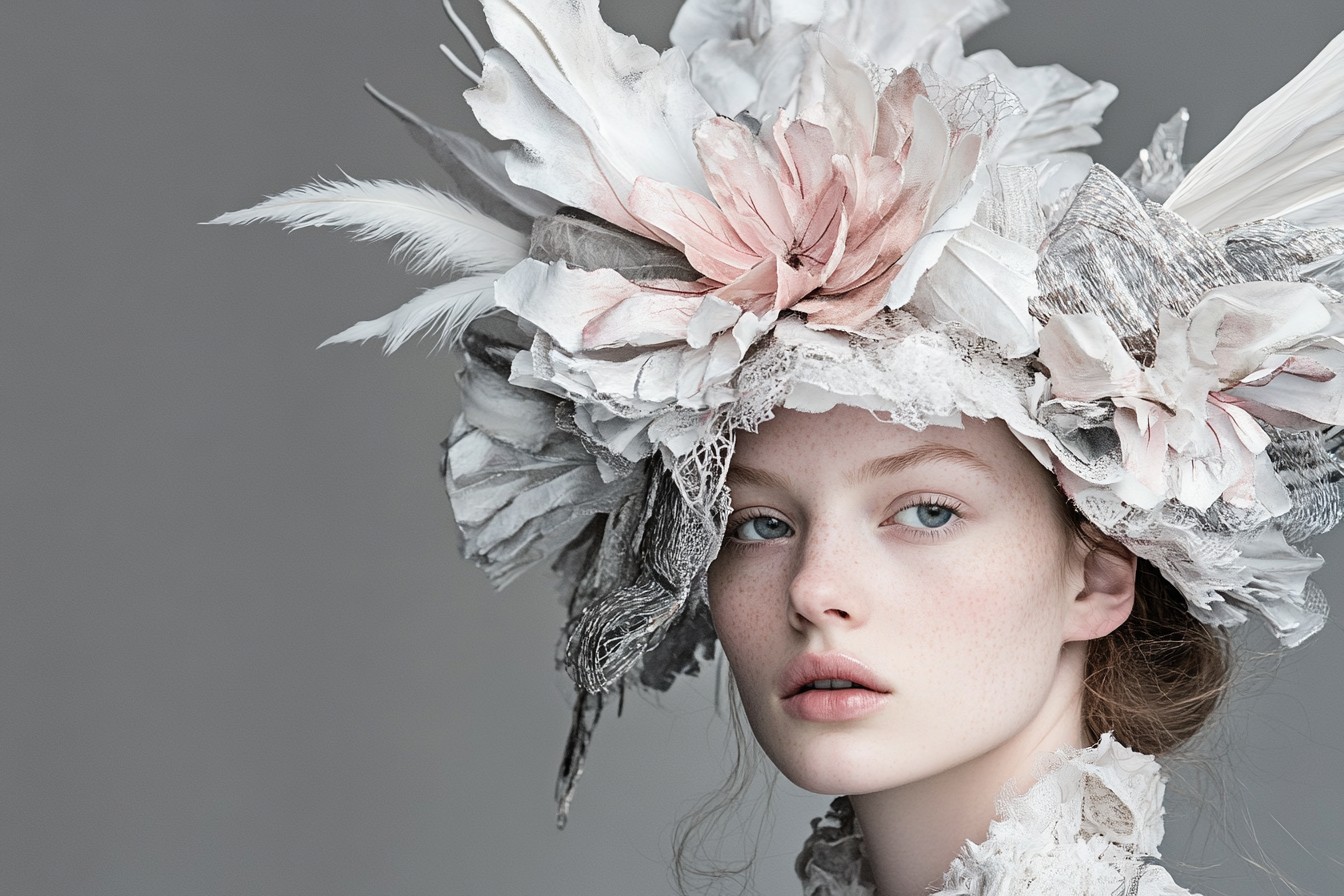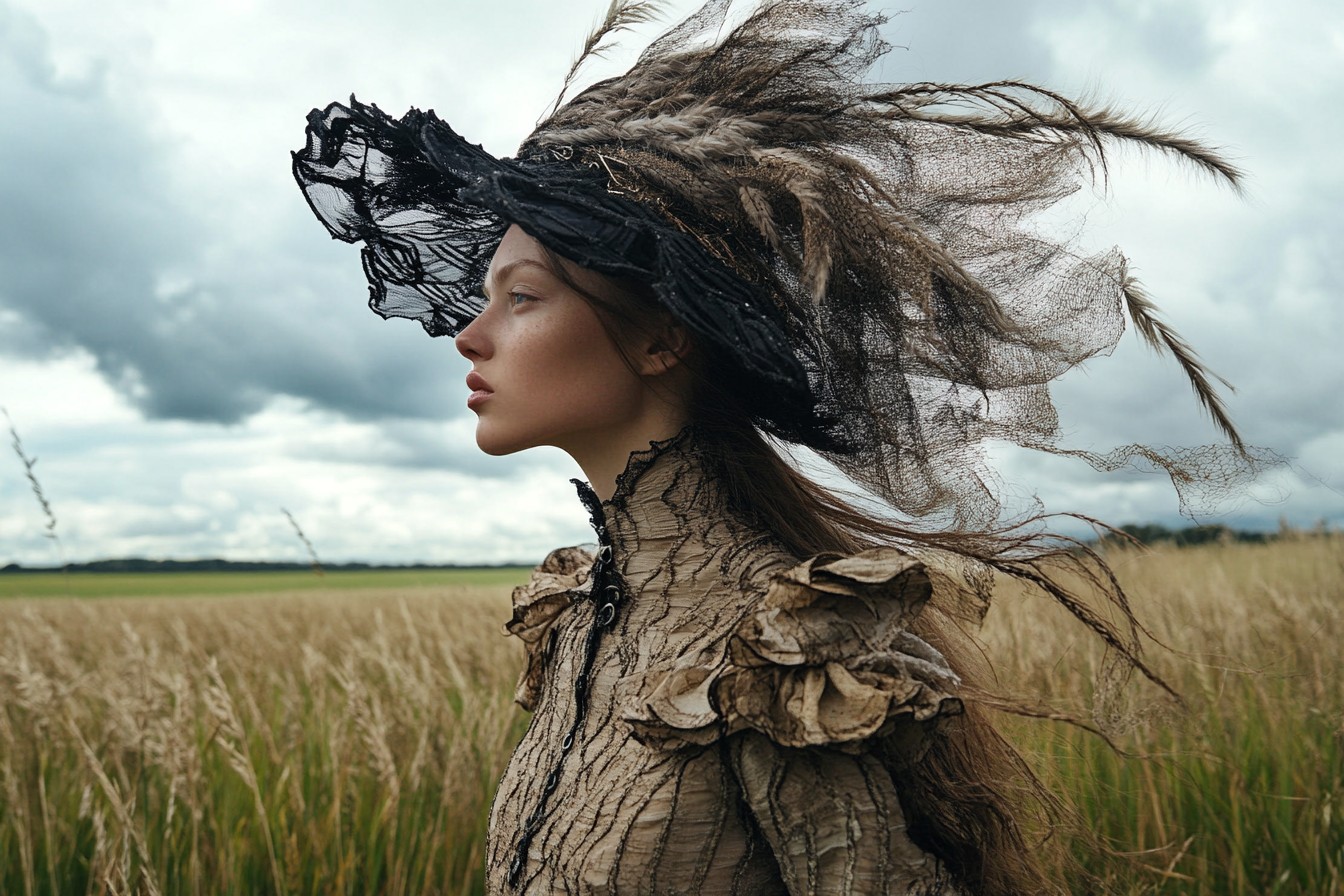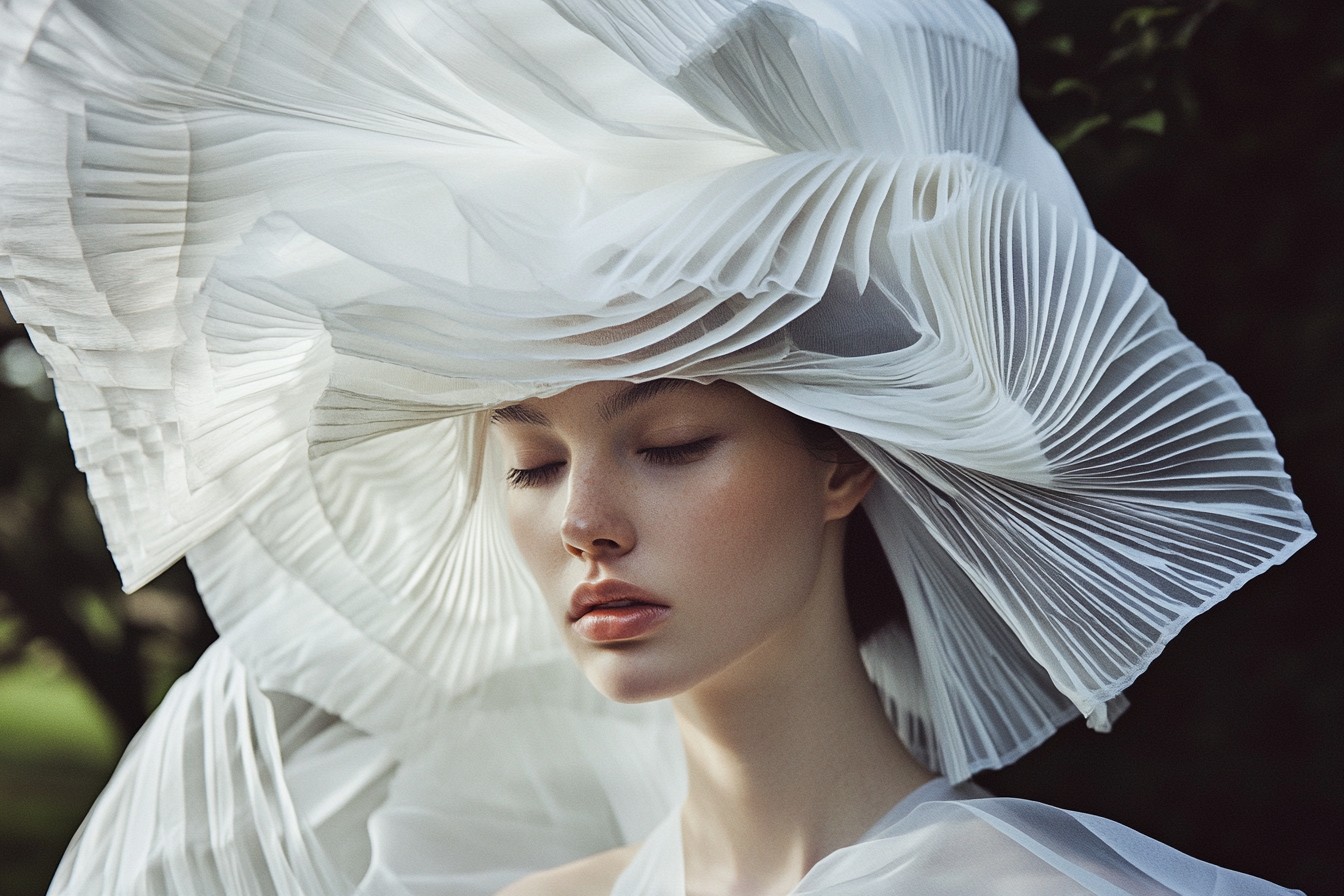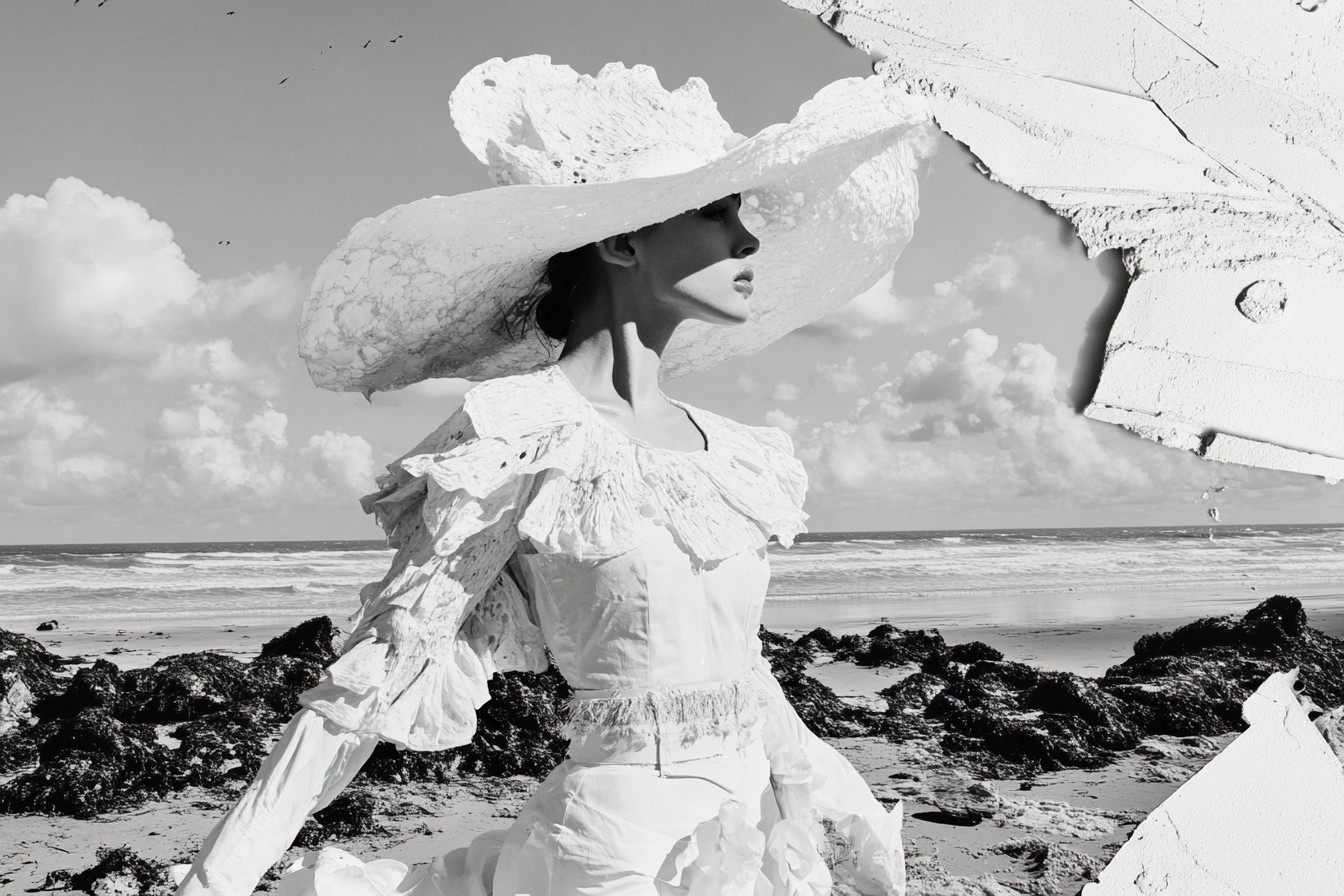Last summer, I found myself at a garden party in Oxfordshire that was so quintessentially English it bordered on self-parody. The setting was a rambling country house with that particular brand of aristocratic shabbiness—beautiful but slightly fraying at the edges, clearly valuable but not obviously pampered. Tennis courts with slightly overgrown grass. Faded chintz sofas on the lawn. Ancient labradors snoozing under centuries-old oak trees.
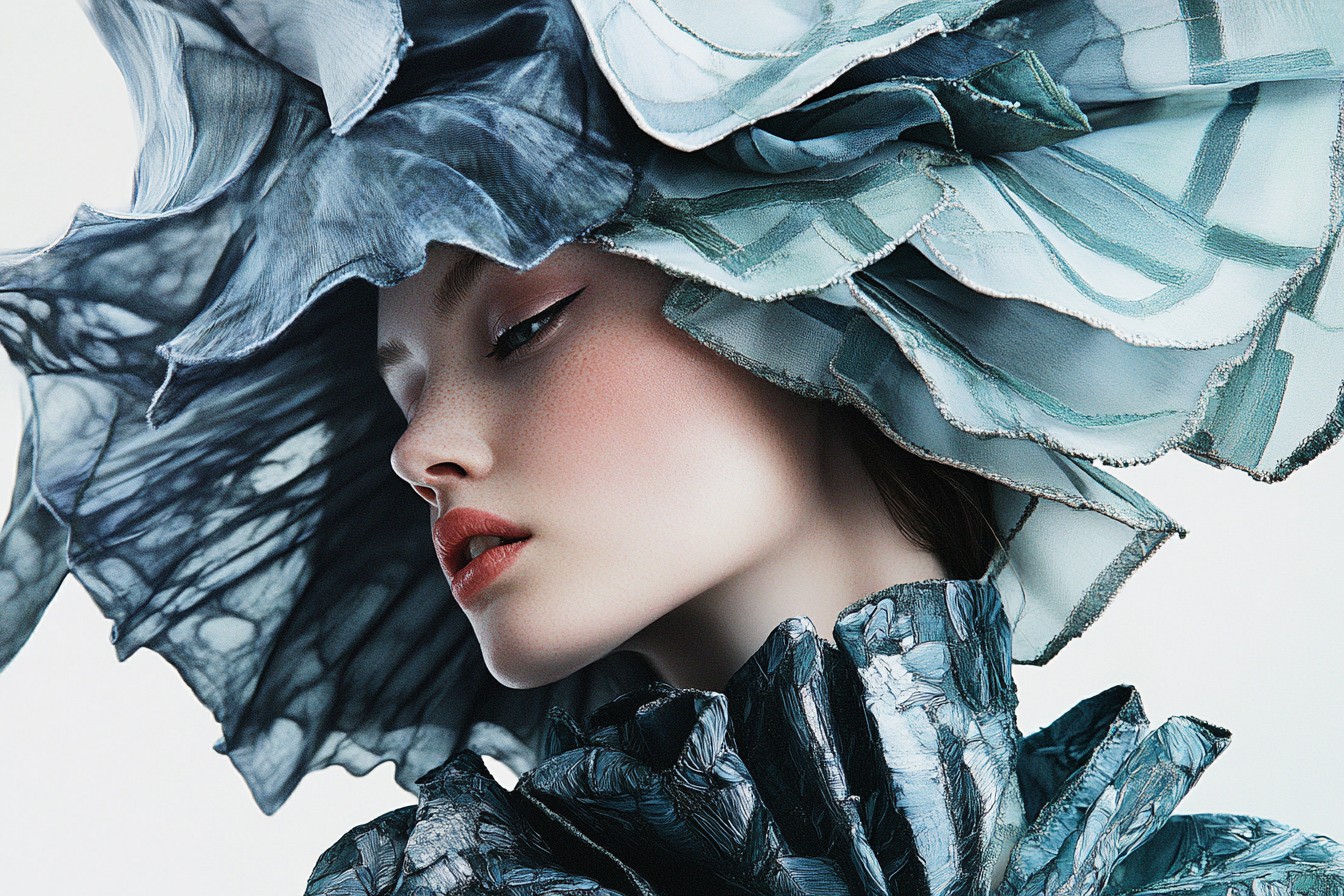
I was there interviewing the lady of the house—a well-known artist with royal connections—for a feature. As I sipped Pimm’s from a mismatched glass and tried not to look too out of place among the languid, laughing groups of people who all seemed to know each other, I found my attention caught by something peculiar: despite the obvious wealth surrounding me, nobody looked particularly “done up.” In fact, many of the guests were dressed in ways that, taken individually, might appear almost ordinary.
The women wore simple linen dresses or well-cut trousers with cotton shirts, their hair in unfussy styles that suggested it had been professionally cut months ago but hadn’t seen a styling product since. The men were in chinos or cords with shirts that had clearly been expensive once but had since been washed into soft, comfortable submission. Weathered leather loafers, ancient cardigans with leather patches, delicate gold jewelry worn every day for decades rather than chosen for the occasion.
Yet something about the collective effect was unmistakably, ineffably posh. Not in a showy way—quite the opposite. This was wealth and status so secure it didn’t need to announce itself. It simply was.
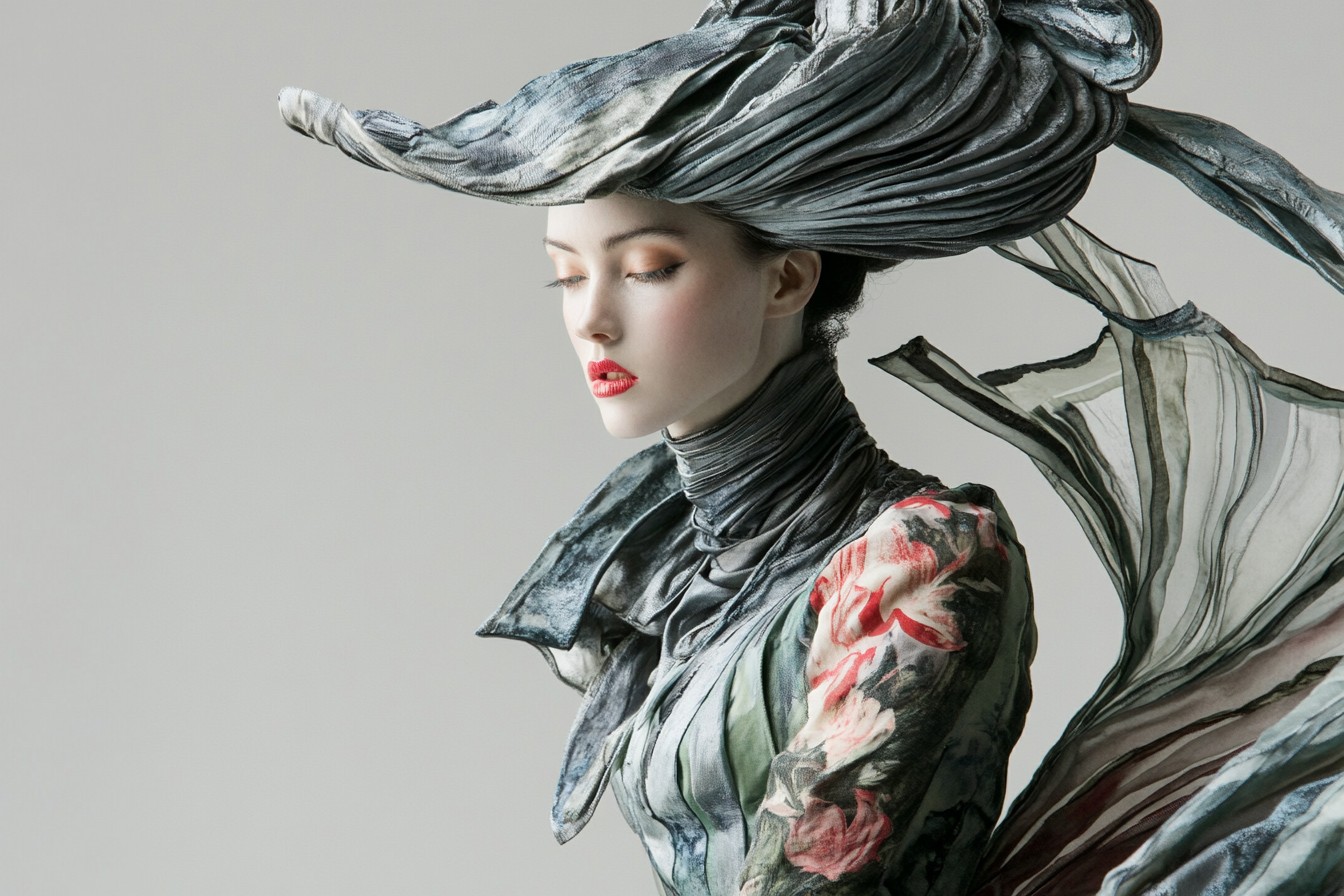
“Nobody here is trying very hard, are they?” I remarked to my contact who’d secured me the invitation—a fashion PR who navigated between worlds with the ease of the genuinely socially bilingual.
She laughed. “That’s the whole point,” she said. “They’re comfortably posh. Looking like you’ve made an effort is the cardinal sin.”
That phrase—”comfortably posh”—stuck with me, perfectly encapsulating an aesthetic I’d observed but never properly named. It’s perhaps Britain’s most aspirational style statement: the deliberate understatement perfected by those who have nothing to prove, who aren’t trying to look rich because they’ve simply never had to think about not being rich.
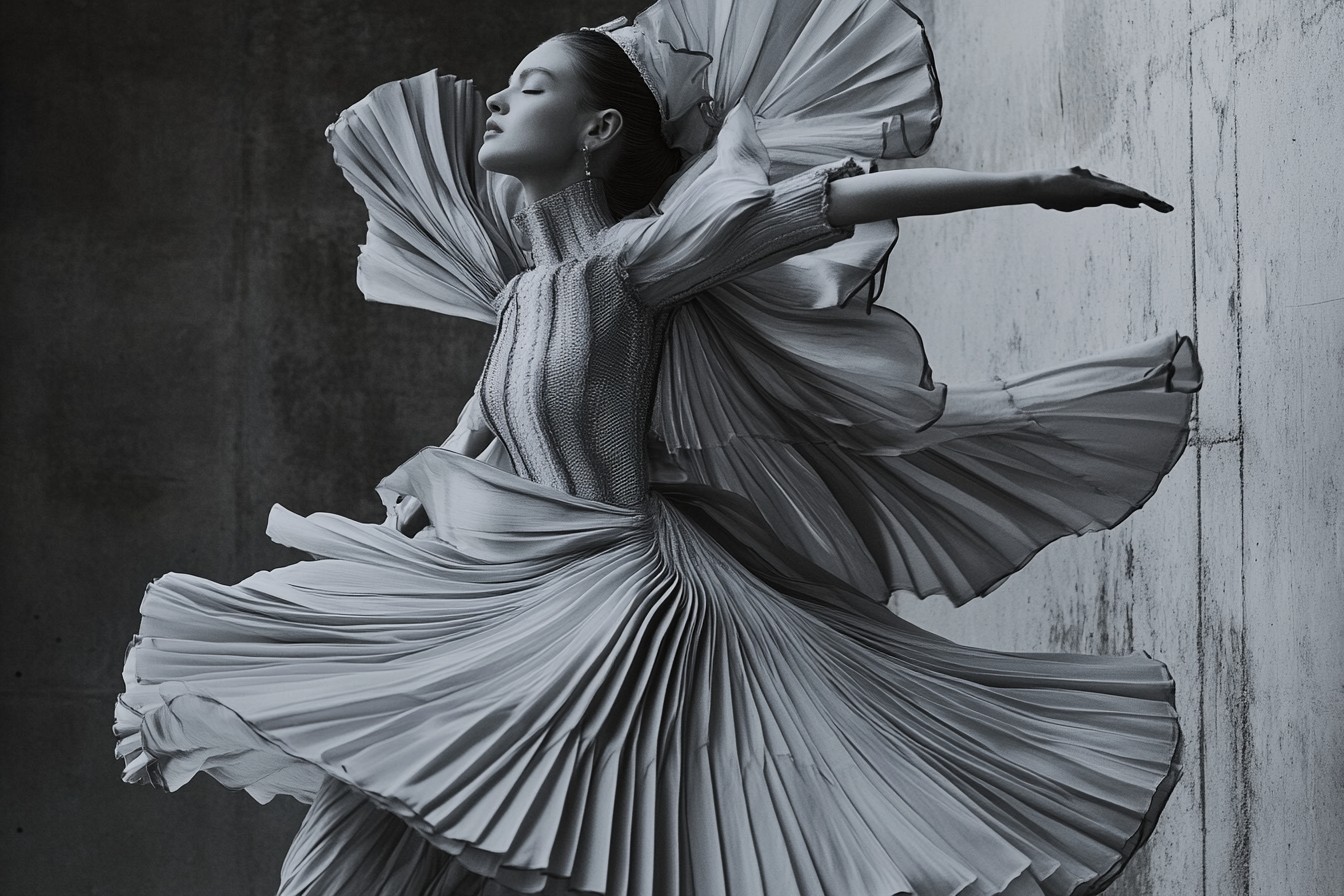
This isn’t the ostentatious display of new money, nor the self-conscious vintage styling of the creative classes. It’s not the meticulous quiet luxury of the international wealthy elite, nor the carefully curated minimalism of the architecturally obsessed. It’s something distinctly, uniquely British—a style born from centuries of class signifiers and the curious British notion that trying too hard is somehow deeply embarrassing.
The comfortably posh aesthetic might look effortless, but make no mistake—it’s governed by rules as rigid as any dress code, just unwritten ones passed down through generations rather than explicitly stated. Having spent years observing this particular tribe both professionally and occasionally socially (Sheffield comprehensive school girl made good, remember), I’ve come to identify some of its key principles.
First and foremost is the concept of inheritance—not just of wealth, but of objects. The comfortably posh rarely buy new things when old things can be repurposed, repaired, or handed down. That slightly faded Liberty print dress? It belonged to her mother. Those sturdy brogues? His grandfather’s. The slightly wonky gold signet ring? Family heirloom, naturally. Even when items are new, they should give the impression they could easily be vintage.

My friend Sophie, who grew up in this world before rebelling into a career in fashion journalism, laughs about her mother’s horror when she once bought a brand new coat. “She looked at it like I’d committed a terrible faux pas,” Sophie told me over drinks recently. “She actually said, ‘Couldn’t you have found one in the attic?’ As if buying new outerwear was somehow tacky.” Sophie’s mother would instead have something from a country clothing brand that’s been owned for 15 years and wouldn’t dream of replacing it until it was beyond repair.
This brings us to the second principle: quality as an unspoken essential. While the comfortably posh aesthetic never looks flashy, close inspection reveals impeccable materials and craftsmanship. Those simple cotton shirts are Sea Island cotton. The unremarkable-looking sweaters are handknitted cashmere or Scottish lambswool. The plain leather bags are handstitched by artisans whose waiting lists close years in advance. The apparently ordinary raincoat is from a heritage brand that’s been making them since the 1800s.
“It’s quality without labels,” explained Rupert, a fashion buyer who grew up in aristocratic circles before finding his way to the industry. “Nothing with visible branding, ever. The people who know, know. If you have to tell people how expensive something is, you’ve already lost the game.”
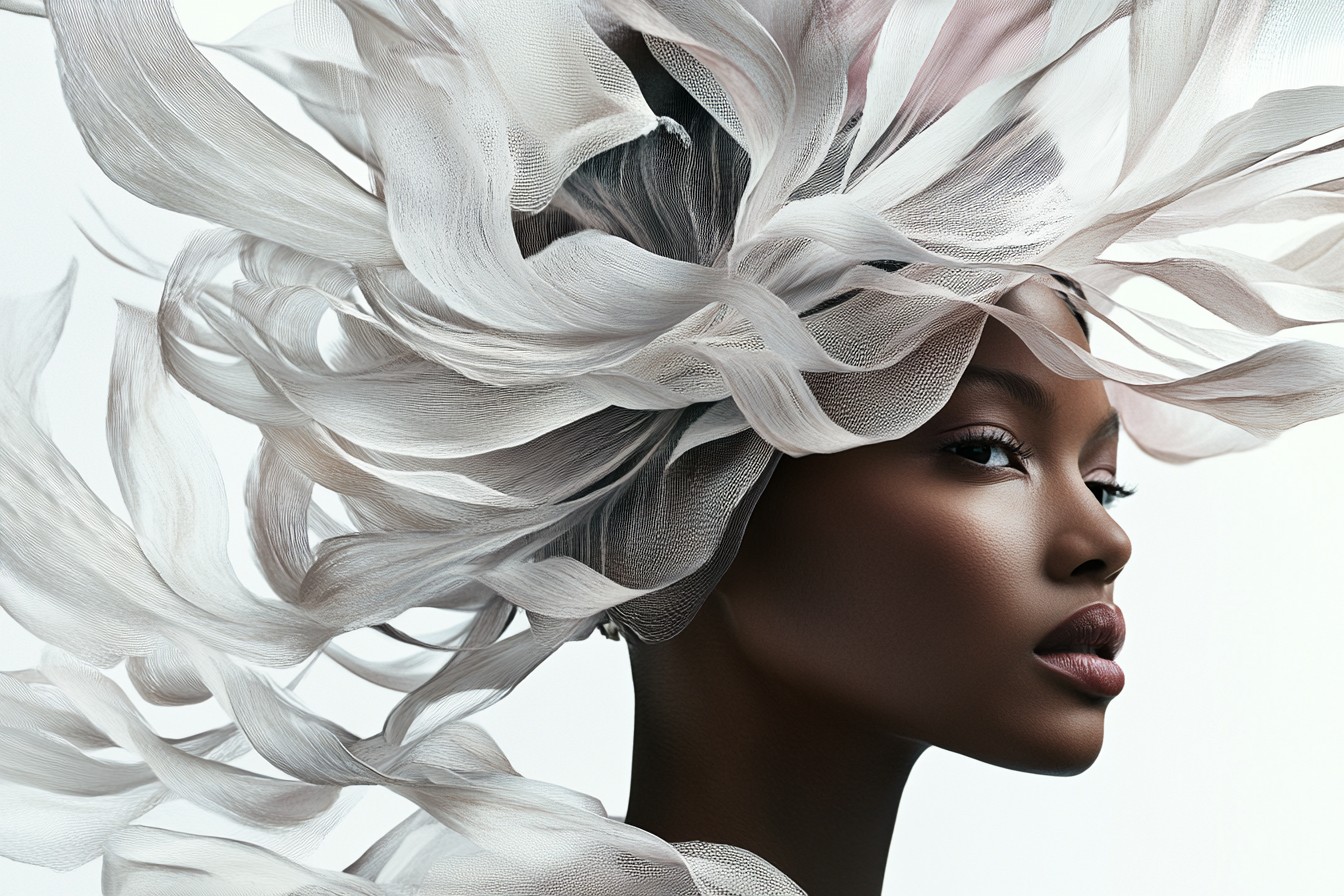
The comfortably posh have a complex relationship with brands. Certain heritage names are acceptable—Barbour, Hunter, Penhaligon’s, Johnstons of Elgin—but they should never be new or shiny. A Barbour jacket should be at least a decade old, rewaxed rather than replaced, ideally inherited from a relative with the perfect amount of wear already established. Hunter boots should be green or black, never the fashion colors, and should look like they’ve actually encountered mud rather than just urban puddles.
Then there’s the curious principle of deliberate shabbiness—what I think of as the “one element undone” rule. Perfectly pressed trousers are paired with a slightly rumpled shirt. An immaculate cashmere twinset is worn with ancient corduroys worn thin at the knees. Expensive velvet slippers might peek out below fraying jeans. There’s always something that prevents the overall look from appearing too perfect, too considered.
I once interviewed a duchess (yes, a real one, with an actual duke and a stately home and everything) who arrived wearing what appeared to be her gardening trousers with an exquisite silk blouse and muddied Hunter boots. When I complimented her blouse, she looked down as if surprised to see what she was wearing. “Oh, this old thing,” she said, in that particular aristocratic drawl that makes everything sound slightly dismissive. “I think it was my mother’s.” I later discovered the “old thing” was bespoke Hermès from the 1970s, probably worth more than my monthly salary.
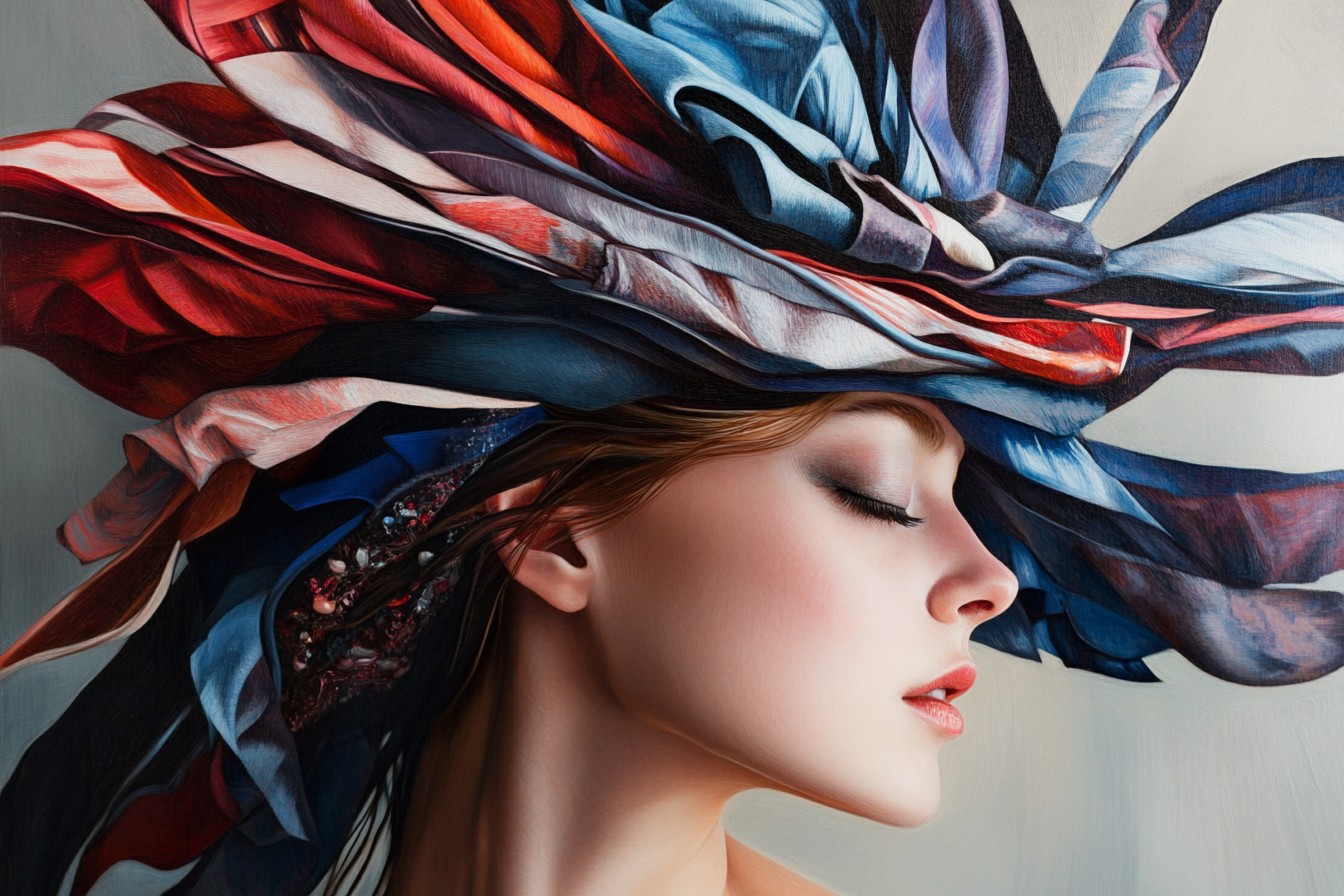
This calculated casualness extends to grooming as well. Hair should be good quality and well-cut but never obviously “done.” Women over a certain age often stick to the same style they’ve worn since their twenties, with perhaps a slight softening over the decades. Men typically opt for the classic English gentleman cut—short back and sides, slightly longer on top, the kind of haircut that hasn’t fundamentally changed since the 1940s.
Makeup follows similar principles: if visible at all, it should appear entirely natural. “My mother always told me you should never be able to see what makeup a woman is wearing in daylight,” Sophie told me. “Lipstick was acceptable but had to be worn off before actually arriving anywhere. Isn’t that insane? Deliberately wearing your lipstick for the car journey and then removing it before you arrive.”
The comfortably posh approach to jewelry is particularly telling. Fine pieces are worn, but casually—important diamonds paired with simple cotton shirts, heritage pearls with jeans. Nothing ever looks new or recently purchased. Engagement rings are typically family heirlooms rather than new designs. My friend Leila, who married into an aristocratic family, was presented not with a new ring but with a tray of “suitable” family pieces from which to choose, some dating back centuries.
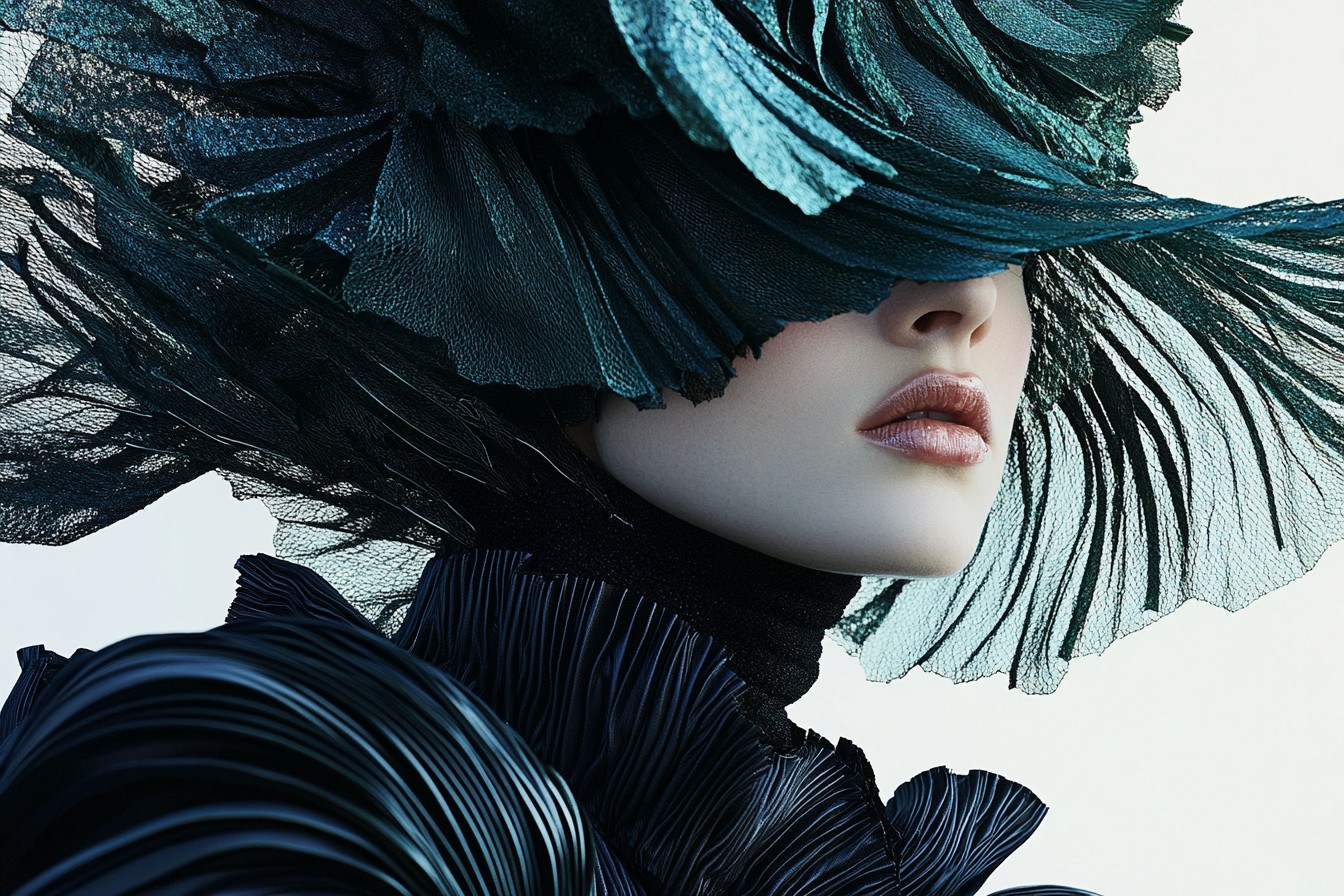
Even homes reflect this aesthetic of unstudied luxury. The comfortably posh house typically features valuable antiques mixed with sagging sofas, original artworks hanging slightly crookedly on walls that might benefit from a fresh coat of paint, thread-bare but genuine Persian rugs, and at least one room that’s kept freezing cold regardless of the season. Nothing matches perfectly, yet everything belongs together in a harmony that seems impossible to replicate without the passage of time and inheritance.
“It’s the opposite of new money interiors,” explained an interior designer friend who often works with traditional upper-class families. “They’d rather have their grandfather’s slightly broken chair than the perfect new equivalent. Patina isn’t just accepted; it’s actively preferred. I once suggested to a client that we might replace a sofa that had springs literally poking through it, and she looked at me like I’d suggested burning down the house.”
What makes the comfortably posh aesthetic so intriguing—and so impossible to truly replicate without the background—is that it’s fundamentally about belonging to a certain social stratum rather than achieving a specific look. The visual signifiers exist primarily to be recognized by others within the same group, not to impress outsiders.
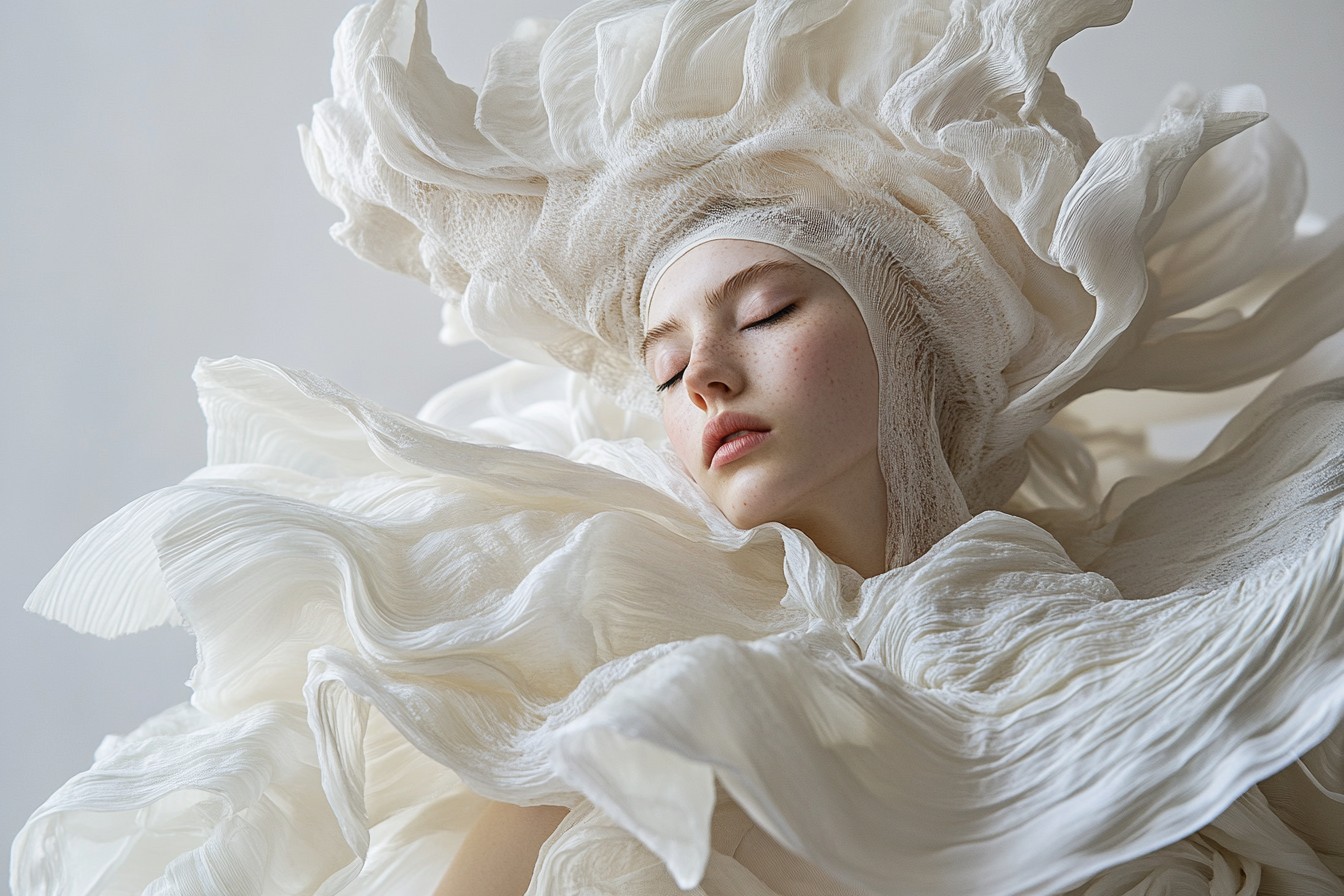
This makes it the polar opposite of fashion as most people understand it. Where fashion is about change, this aesthetic is about permanence. Where fashion embraces the new, this celebrates the old. Where fashion is conscious, this pretends to be unconscious (though is actually hyper-conscious in its own way).
Perhaps the most fascinating aspect is how this aesthetic has influenced broader British style without ever explicitly acknowledging itself as a distinct look. Brands like Cefinn, founded by Samantha Cameron, have built entire businesses around providing versions of this understated luxury to those who appreciate the style but don’t have the family heirlooms or country estates to naturally acquire it.
The pandemic accelerated the influence of comfortably posh style, as people turned away from obvious displays of wealth toward something that felt more authentic and enduring. Suddenly everyone wanted that country house aesthetic—the slightly rumpled linen, the wellies by the door, the mismatched ceramics, the sense of permanence in an impermanent time.
But here’s the catch: like all the most powerful class signifiers, the truly comfortably posh aesthetic remains impossible to fully achieve without the background it emerges from. You can buy the right clothes, learn to style your hair with studied carelessness, even acquire genuine antiques and the perfect slightly worn Barbour. But without the confidence that comes from never having had to think about belonging, there will always be something slightly off in the execution.
I discovered this myself at that Oxfordshire garden party. Despite wearing what I thought was an appropriately understated linen dress, my carefully considered accessories and too-neat hair marked me immediately as an outsider. Not that anyone was unkind—the comfortably posh are typically impeccably mannered—but there was no mistaking that I was a visitor to their world rather than an inhabitant of it.
As a fashion observer rather than a participant in this particular social stratum, I find the comfortably posh aesthetic endlessly fascinating precisely because of its resistance to straightforward replication. In an age where most looks can be achieved with sufficient money and research, here is something that remains stubbornly tied to background and upbringing rather than purchasing power alone.
Perhaps that’s why it continues to exert such pull on the British imagination—it represents not just a way of dressing but a way of being that suggests permanence in an impermanent world. There’s something almost comforting in its rejection of fashion’s constant churn, its insistence that true style isn’t bought but inherited, not just materially but culturally.
The ultimate irony, of course, is that writing an article explicitly analyzing this aesthetic is fundamentally at odds with the aesthetic itself. The comfortably posh would never discuss such matters directly—nothing could be more gauche than acknowledging the careful cultivation of this apparently effortless style.
So perhaps I’ve breached an unspoken code simply by naming what I observed at that garden party. But as someone who will always be an observer rather than a natural participant in that world, I have the freedom to say what those born to it never would: that looking comfortably posh might be Britain’s most brilliant, subtle, and impenetrable class performance—a masterclass in making extraordinary privilege look disarmingly ordinary.
